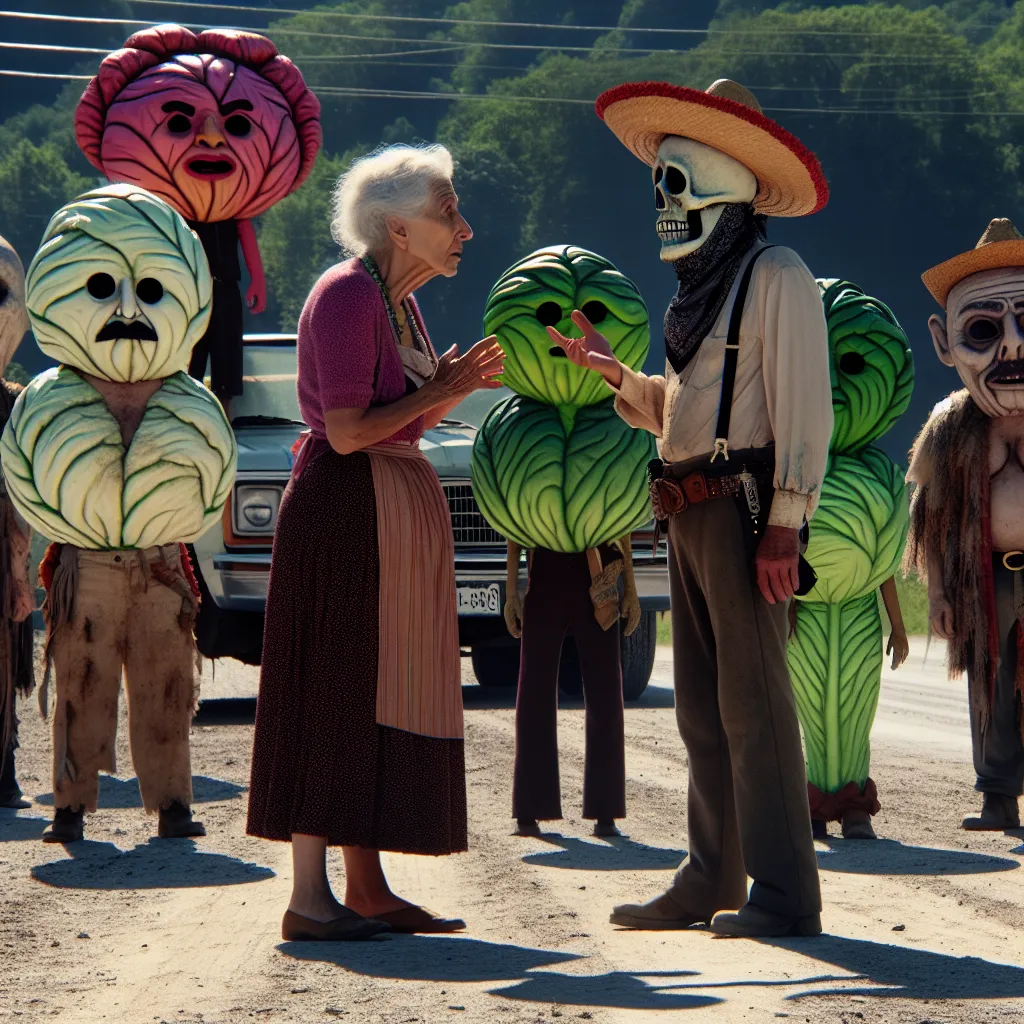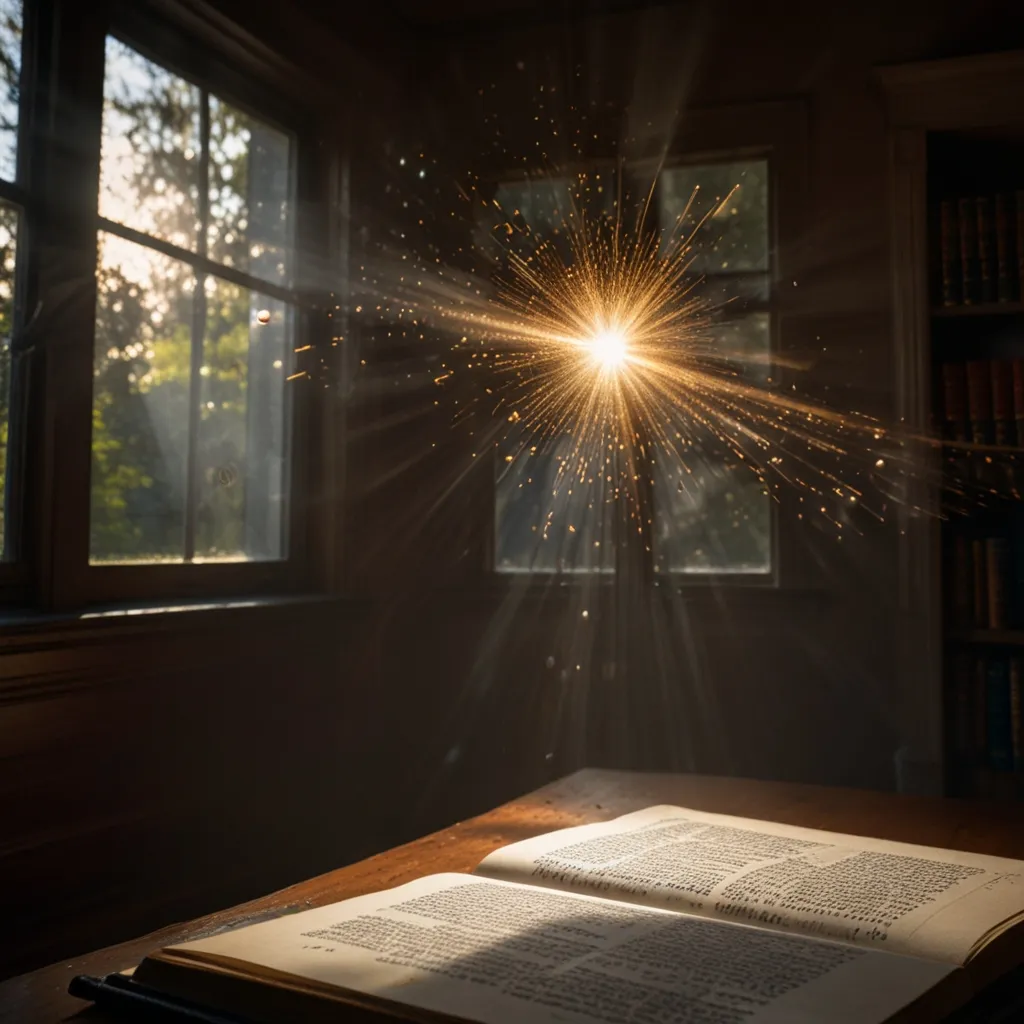A talkative grandmother and a wandering bandit collide on a dusty road. A Bible salesman tricks a one-legged philosopher into a barn. A handyman teaches a deaf woman her first word. These are just a few of the quirky, vivid scenes from the mind of Flannery O’Connor. Hailing from a farm in rural Georgia, and often surrounded by her beloved birds, O’Connor crafted stories about outcasts, intruders, and misfits in the American South.
She wrote two novels but became famous for her short stories, full of biting language, dark humor, and unconventional plots. O’Connor also enjoyed drawing cartoons, and her writing reflects this with its unique characters. In her stories, faces are described as “broad and innocent as a cabbage,” and people have as much energy as a “floor mop,” or bodies shaped like a “funeral urn.”
Her characters’ names are just as playful. In “The Life You Save May Be Your Own,” the one-handed wanderer Tom Shiftlet steps into the lives of an old woman named Lucynell Crater and her deaf-mute daughter. While Mrs. Crater may seem self-assured, her decaying home hints at hidden motives. O’Connor quickly flips the script, showing that the seemingly innocent can be just as cunning, challenging readers’ assumptions about power dynamics.
O’Connor wasn’t shy about tackling tough subjects. A devout Catholic, she explored the conflict between pious thoughts and sinful actions. In “The Violent Bear it Away,” the protagonist struggles between a holy calling and his darker impulses, even engaging in arson and murder. The novel kicks off with the unsettling image of a boy too drunk to finish burying his uncle, forcing a passerby to complete the grim task.
Her works also tackled the racism entrenched in the South. In “Everything That Rises Must Converge,” a son grapples with his mother’s bigotry, yet the story reveals he has his own prejudices. O’Connor suggests that simply recognizing evil doesn’t free one from moral scrutiny.
Despite her focus on humanity’s darker sides, O’Connor’s stories often hint at redemption. In “A Good Man is Hard to Find,” an irritating grandmother shows unexpected grace when confronted by a criminal, challenging readers to see complexity even in violent or evil situations.
Classified as a Southern Gothic writer, O’Connor stretched beyond mere grotesque elements to delve into the rich, nuanced tapestry of human character. She acknowledged that her stories might be an acquired taste but relished in provoking her readers.
O’Connor passed away from lupus at 39, spending her last 12 years largely confined to her farm. However, it was during this period that she produced much of her most imaginative work. Her knack for weaving together repulsion and revelation continues to captivate readers, making her fictional worlds endlessly intriguing. As her character Tom Shiftlet wisely observes, the body “don’t go anywhere, but the spirit, lady, is like an automobile: always on the move.”






